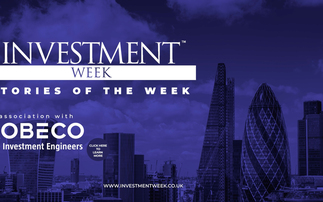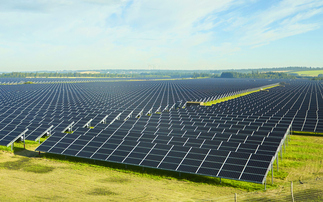
Defaults have been on the rise since 2022, when higher interest rates from central banks across the world started to feed through into higher borrowing costs for companies. But higher interest rates have caused less pain for companies than many investors expected.
As a result, default rates are likely to peak much lower than they have in previous central bank tightening cycles. If this is the case, it has implications for portfolio positioning, says Alex King, Investment Strategy Analyst, Wellington Management.
One reason why defaults may be peaking at a lower level than in previous cycles could be because many companies were in a very strong financial position, at the point at which higher borrowing costs started to bite. The pandemic's record-low interest rates provided ample opportunity for companies to refinance existing debt at lower rates, leaving many businesses with strong balance sheets in the form of higher cash and lower leverage levels.
In high-yield credit markets today, spreads have already tightened significantly in the past couple of months, so some of the tightening that typically comes with peak defaults may have already played out. But if history is any guide to the future, the trajectory for spreads could be supportive for the asset class.
"I think this could be an environment where spreads are quite boring, either moving sideways or slightly lower over the next 12 months. This is because spreads are already quite tight compared to history, and so any significant tightening would probably be limited. If this scenario of flat or lower spreads does happen, it could allow investors to receive a strong income (currently around 8%ii in global high-yield markets), without spread widening eating into returns," says King.
"However, there is a risk to this view, which is a 2002 scenario, where there may be more weakness to come, and spreads can move higher. This is certainly plausible, and so it keeps me cautiously positive on the asset class," says King.
Learn more about opportunities in high yield bonds here.
The views expressed are those of the author at the time of writing. Other teams may hold different views and make different investment decisions. The value of your investment may become worth more or less than at the time of original investment. While any third-party data used is considered reliable, its accuracy is not guaranteed. For professional, institutional, or accredited investors only.














